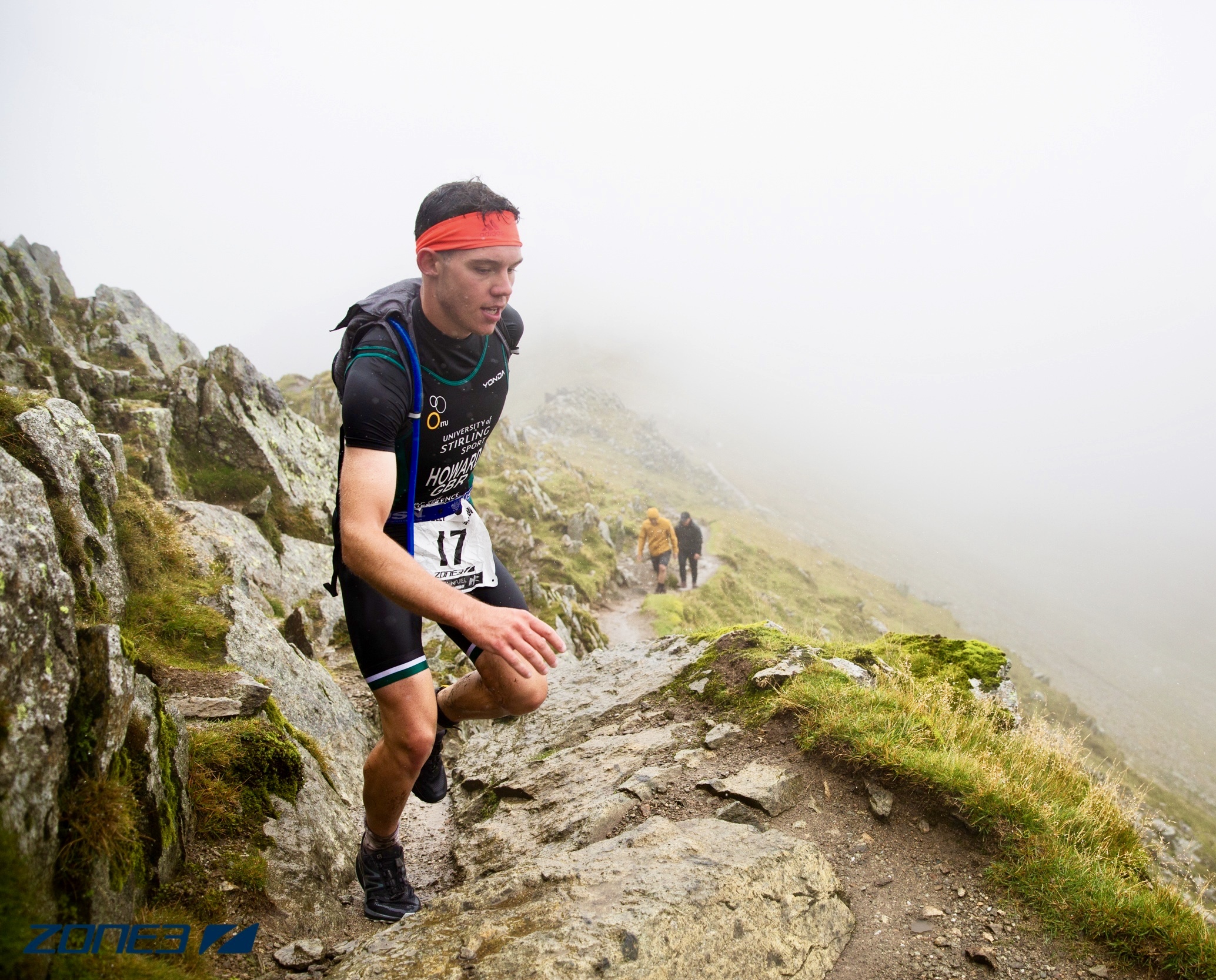Training Tips: Is Running Training on Sand Beneficial?
Constantly pounding the pavement or track is always going to run the risk of injury, so are there other ways around it? Obviously, you are not going to give up both of these entirely for sand running, because this is where you gain your base endurance and speed from, but with easier runs or recovery runs, it is not a necessity to run on harder surfaces. This is where sand running can come into play. Sand running offers many benefits to your running and can help you become a much stronger runner.
Here are 5 ways in which sand running can be beneficial for you:
1. Injury Prevention
Sand is a much softer surface for your joints to fall onto compared to the pavement. This creates much less stress on the lower body joints, such as your knees, ankles and hips. Therefore, this will enhance your chances of preventing injuries that are linked with road running, due to the forceful impact that comes with it.
2. Technique Improvement
Sand is actually an unstable surface for your feet. This is actually a good thing! By going out running on the sand, your body will adapt, and the muscles and joints in your lower body, especially your foot area and glutes will get stronger. You can then translate that technique to the road and will find yourself a lot more balanced and able to maintain good form for longer, because your muscles and bones will be stronger. This would also help prevent any injury caused by bad form.
3. Scenic Training
It can get very mundane running the same regular roads week in, week out. A change of scenery on your runs is very much a good thing for you both mentally and physically. Running along to the sound of the ocean waves, can give you a refreshing sense of freedom and less stress, and you will automatically see benefits from this.
4. Easy/Recovery Runs
It is Important that you don’t loose focus, that although sand running can be good for your easy and recovery runs, it is also a cause for running slower. Where on an easy run, the kind of pace you run at isn’t such an issue, make sure you keep those harder surface runs and track runs in place, so you are able to maintain your high intensive speed.
5. Higher Calorie Burn!
Believe it or not, you create a higher calorie burn by running on sand rather than the pavement. This is due to your muscles having to work harder to maintain stability because sand is more unstable to run on. By engaging your muscles more, you are having to work harder and a study taken by the Company of Biologists showed that around one-and-a-half times more energy was used by running on sand than that of a hard surface.
Article written by Luke Howard





